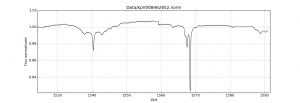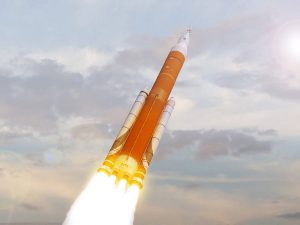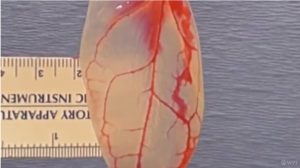As everyone now knows, this week Donald Trump decided to pull the United States out of the Paris accord on fighting global warming. This disastrous decision could severely reduce humanity’s ability to limit the rise in the world’s temperature caused by greenhouse gas emissions to 2 degrees Celsius. We are already seeing the effects of our reckless abuse of the planet in which we live and if the nations of the world do not succeed in achieving the goals set out in the Paris accord then global warming will be a grave threat to our species for the foreseeable future.
Now I don’t intent to defend climate science here. Other scientists have done a much better job than I am capable of. However, for anymore who is still unsure of the reality of climate change I cannot do better than to recommend the sites listed below. The ‘Union of Concerned Scientists’, The ‘American Association for the Advancement of Science’ and the peer reviewed journal ‘Nature’ are all a part of the foundation of what we call SCIENCE!
http://www.ucsusa.org/global_warming#.WTK4CWcku71
http://www.nature.com/nclimate/index.html
Before I go any further the quote in the title is from the novel “Moby Dick” or “The Whale” by Herman Melville, and I’ll bet you didn’t know Moby Dick was one of those books with two titles. Now, by that quotation do I mean to imply that Donald Trump is like Moby Dick? Well he is undeniably a larger than life figure, one that arouses passions of both abhorrence and it must be admitted admiration. And I think even most of his supporters would agree that Trump is a creature capable of much chaos and destruction, after all they voted for him to shake up Washington.
My main focus however is on the phrase ‘ blindest instinct’ because I think that is the best way to understand not only Trump but climate change deniers in general. It’s all about instinct over reason.
Look at it this way; throughout a billion years of evolution living creatures had no real control over the world around them, they adapted to their environment not their environment to them. Even animals like the beaver or social insects can only make minor changes to their environment.
This impotence, this ‘Fact’ that the world is what it is and nothing can change it is built into our genetic makeup and despite all the evidence that this is no longer true for our species it is nevertheless still our automatic, instinctive response to the idea that we are causing climate change. I’ve personally known otherwise intelligent engineers who deny global warming simply because “the world is so big it can take a lot more abuse than we can give it”.
As I sit here writing this post all the 24 hour news channels are falling over themselves asking the question ‘does Donald Trump believe in climate change’ and the White House is working to avoid answering the question. The answer is simple, you can’t just see climate change happening so of course Donald Trump does not believe in it. If he cannot instinctively react to something then it just doesn’t exist.
Understanding global warming requires either surveying enormous amounts of data taken over decades from thousands of locations and then corroborating that data with the known properties of greenhouse gasses or else accepting the judgment of someone who has done that work, someone who knows more than you do. Donald Trump is capable of neither of these mental efforts.
This is the hallmark of the anti-intellectualism growing in the United States at the present. “I will not make the mental effort to understand this complex subject,” the new Neanderthals say. “And don’t you think you’re smarter than me because you have.”
These are just a few of my reasons for considering Donald Trump to be ‘a dumb brute’ whose behavior is ruled by ‘blindest instinct’. Of course however there is one way in which Donald Trump is very different from Moby Dick. Unfortunately Donald Trump is not a fictional character.
To those of my frequent readers who may disapprove of this post’s rather political theme I can only beg your pardon and remind you that climate change is a scientific problem as well as a political issue. I would much prefer for the blog ‘Science and Science Fiction’ to remain true to its name and I assure you that my next post will do so.


















